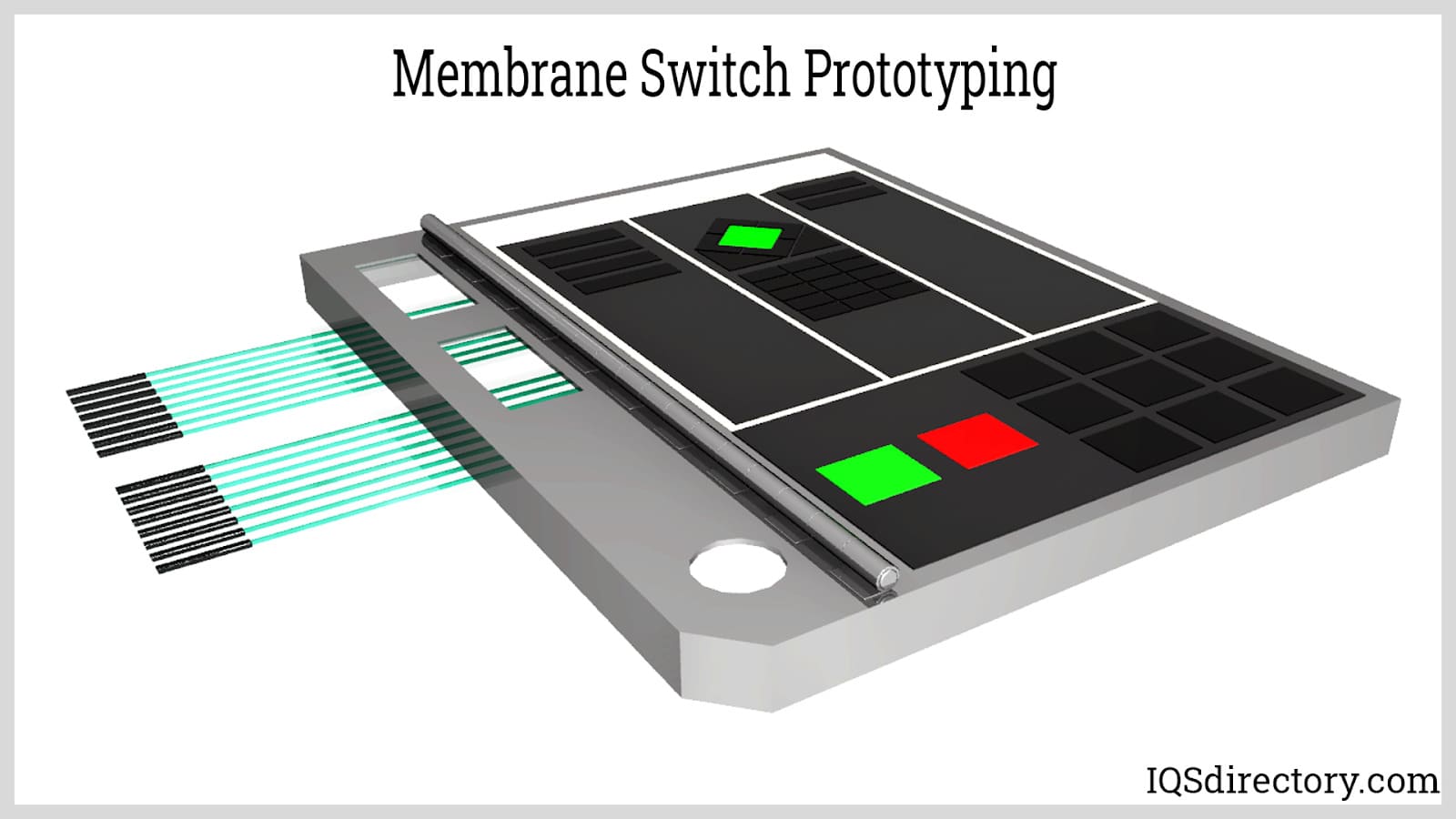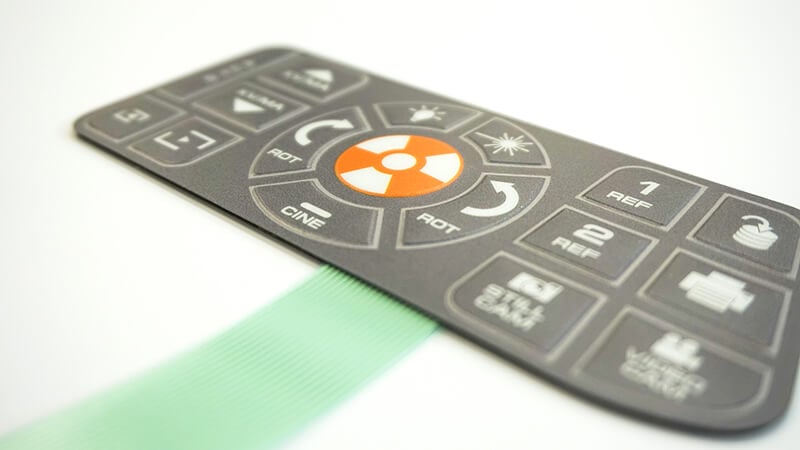Understanding the Functionality of Membrane Switches for Individual User Interface Devices
The capability of membrane changes represents a substantial improvement in individual interface style, incorporating efficiency with aesthetic versatility. As markets progressively prioritize user experience, comprehending the nuances of membrane switch innovation ends up being essential.
What Are Membrane Layer Switches?
Membrane layer buttons are innovative interface devices that help with user communication with electronic equipment. These functional elements contain multiple layers, consisting of a visuals overlay, spacer, and a published circuit layer. The layout permits a seamless combination right into numerous digital tools, enhancing both the aesthetic and useful aspects of user interfaces.
Membrane layer switches are frequently utilized in a variety of applications, from family home appliances to industrial equipment and medical tools. Their building commonly includes a thin account, making them a perfect option for compact styles. The tactile responses offered by these switches can be engineered to satisfy specific individual choices, making certain efficient interaction in between the individual and the device.
Durability is one more significant benefit of membrane layer switches, as they are resistant to dust, dampness, and chemicals, which boosts their lifespan sought after settings. Additionally, these buttons can be personalized in regards to shape, dimension, and visuals style, permitting branding and user-specific functions. Generally, membrane layer changes represent a functional option for boosting user experience in electronic gadgets, combining functionality with visual charm in a reliable way.
How Membrane Switches Over Job
Operating on a straightforward principle, membrane switches over use a split construction to register user input properly. Each switch includes multiple layers, including a published circuit layer, a spacer layer, and a leading graphic layer, which are made to work with each other effortlessly. When a customer presses the leading layer, it compresses the spacer layer, bringing the conductive elements of the circuit layer into contact with each various other.
This call creates a closed circuit, signifying the tool to carry out a specific feature. The layout enables for numerous setups, including responsive responses, which can improve the individual experience by giving a physical feeling upon activation. The materials utilized in membrane buttons usually consist of flexible substratums, such as polyester or polycarbonate, which make sure durability and resilience against deterioration.

Trick Advantages of Membrane Layer Buttons

Another significant benefit is their density. Membrane switches are thin and lightweight, which allows manufacturers to conserve area in their tools without sacrificing capability. This function is particularly valuable in applications where weight and quantity are important factors to consider.
In addition, membrane layer buttons are resistant to dust, moisture, and chemicals, boosting their durability. This strength expands their lifespan and reduces the need for regular replacements, leading to price financial savings over time.
In addition, the responsive comments supplied by membrane layer buttons can be optimized to enhance customer communication. They can include features such as raised buttons or audible clicks, improving use and user experience.
Applications Across Industries
User user interface gadgets utilizing membrane layer switches prevail in a broad selection of markets, showcasing their flexibility and capability. Membrane Switch. In the clinical sector, membrane layer switches are important to gadgets such as analysis tools and individual monitoring systems, where their longevity and ease of cleaning are vital for keeping hygiene criteria. Likewise, in the vehicle industry, these buttons are utilized in dashboard controls and infotainment systems, providing a why not try these out streamlined and contemporary interface for customers.
Furthermore, the consumer electronics industry advantages from membrane buttons in devices and portable tools, where compact design and easy to use interfaces boost customer experience. Industrial applications also take advantage of membrane switches for control board in machinery and automation systems, highlighting their effectiveness and resistance to harsh atmospheres.
In the aerospace and defense sectors, membrane buttons are utilized in cockpit controls and equipment, where integrity and efficiency under severe problems are extremely important. Additionally, the video gaming industry increasingly incorporates membrane buttons in controllers and arcade makers, contributing to an appealing user experience. Overall, the adaptability of membrane switches over enables their prevalent use across many industries, underscoring their significance in modern-day interface design.
Future Trends in Membrane Switch Modern Technology

Furthermore, using advanced materials, such as polycarbonate and polyester movies, is expected to climb, supplying boosted resilience and resistance to ecological stress factors. These products contribute to the overall durability of membrane switches, making them ideal for harsher commercial applications.
Additionally, the unification of smart technology, consisting of IoT connectivity, will allow membrane layer buttons to communicate with other tools and systems, helping with an extra interactive individual experience. This pattern aligns with the growing need for clever gadgets throughout various industries, from healthcare to consumer electronic devices.
Lastly, customization alternatives are anticipated to increase, allowing suppliers to create bespoke services customized to certain customer requirements and preferences. These developments will position go to this website membrane layer buttons as vital elements in the advancement of individual interface technology.
Verdict
In verdict, membrane changes stand for a crucial advancement in customer interface innovation, providing a reputable and flexible remedy for diverse digital applications. As innovations in product science and touch sensing innovations continue, the performance and applicability of membrane buttons are anticipated to increase, strengthening their importance in contemporary digital tools.